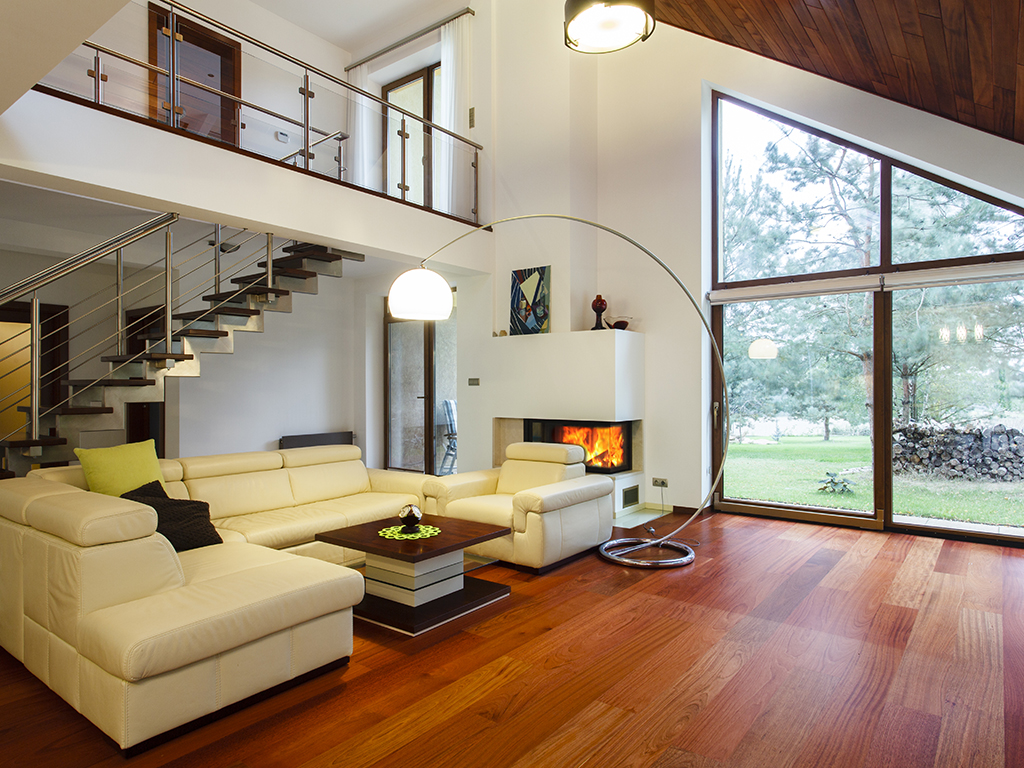Plenty of daylight makes it harder for bacteria to survive?

Researchers at the University of Oregon set up a study of dusty, dollhouse-size rooms to compare what happens in rooms exposed to daylight through regular glass, rooms exposed to only ultraviolet light and those kept dark, National Public Radio reports.
They used a mix of dust collected from actual homes in the Portland area and let the miniature rooms sit outdoors while keeping the insides at a normal room temperature.
After 90 days (because that's how long dust can hang around, even if you vacuumed), they sampled the dust and analyzed the types of bacteria present. What they found surprised them and confirmed that rooms exposed to daylight have fewer germs.
In fact, the study showed that the lit rooms had about half the viable bacteria (those that are able to grow), compared with dark rooms. Rooms that were exposed only to UV light had just slightly less viable bacteria than ones exposed to daylight.
One surprising thing was the amount of microbes that were viable in dust, as indoor dust is like a desert — it's too dry for most bacteria or other things to grow.
This study found 12% of bacteria in dark rooms were viable compared to 6.8% in rooms with daylight and 6.1% in rooms exposed to UV light only.
The daylit rooms in the study also had less of the types of bacteria associated with human skin, which people shed as they move around indoors, and more closely resembled outdoor bacterial communities. Some of the human-associated bacteria species that didn't survive in the lighted rooms are from a family of bacteria known to cause respiratory disease.
In their future work, the researchers said they'd like to design studies to determine how much light is necessary to kill microbes so architects can begin to design buildings with that in mind.
Also, researchers have learned from trying to eradicate all germs in hospital and laboratory clean rooms that it's really hard to get rid of microbes wholesale. They believe that sanitizing isn't the best approach, as some microbes are actually good for us, like the ones in yogurt, for example.
They even suggest that it may be better to enrich an indoor setting with microbes that are not harmful or even with those that are beneficial.
Most Important News
06.04.2024. | Agriculture
Preconditions for Placement of Fresh Blueberries and Dried Plums in Chinese Market Secured

16.04.2024. | News
Jovan Ciric, Leasing Director Retail MPC Properties – MPC Echo symbolizes our desire for good ideas and innovative endeavors to spread freely and bring about positive changes

16.04.2024. | News
10.04.2024. | Finance, IT, Telecommunications, Tourism, Sports, Culture
Creative Industry – What This Serbian Economy Sector Worth EUR 2 Billion Encompasses

10.04.2024. | Finance, IT, Telecommunications, Tourism, Sports, Culture
23.04.2024. | Construction, Transport
Tender for first section of Belgrade-Nis fast railroad from Velika Plana to Paracin announced

23.04.2024. | Construction, Transport
16.04.2024. | News
Economy Fair in Mostar opens – 26 companies from Serbia exhibiting

16.04.2024. | News
22.04.2024. | Industry, Transport
Serbia to develop project of “flying taxis” for EXPO with Airbus – Signing of memorandum announced

22.04.2024. | Industry, Transport


 Izdanje Srbija
Izdanje Srbija Serbische Ausgabe
Serbische Ausgabe Izdanje BiH
Izdanje BiH Izdanje Crna Gora
Izdanje Crna Gora


 News
News







